2024-12-15 01:14:31|Myriagame |source:minecraft skins

Brief introduction
Iris Shaders is a Fabric rendering module compatible with the existing ShadersmodCore / HD repairing light and shadow.
Iris Shaders uses Mixin, dedicated to light and shadow compatible with ShadersmodCore / HD repair. It is an effective alternative to Optifabric + Optifine light and shadow solutions under Fabric.
You can get the installer from the official website, which contains compatible sodium (Sodium).Note: If you use the downloader to install it, it will automatically install sodium (sodium), please do not install it manually again.
The goal of Iris Shaders is to make Fabric and light and shadow. If you are seeking a powerful and efficient rendering pipeline tool, Canvas Renderer is the future of related fields under Fabric.
Join the Iris Discord server to discuss the future of Iris in the same community and follow up the latest development progress.
Current state
Iris Shaders has 1.16.5 to the latest MC public stable version, which can be used with the official version of sodium.
Iris Shaders is still under development. Basically, new improvements are basically improved every week, and progress is very fast!
1.3.0 iris shaders above the version have supported PBR texture.
Iris Shaders should currently be compatible with most of the standard light and shadow. Please report all kinds of problems you encounter in Github at any time.
Iris Shaders has never intended to support Forge, but you can try to use Oculus transplanted by third -party developers.Note: Please do not report the problem of Oculus to Iris!
If you install the flywheel at the same time, install Iris & Oculus Flywheel Compat, which can be forced to use the flywheel optimization, but retain the light and shadow of this module.
Instructions for version use
Please use the latest version as much as possible. Whether it is the earliest Patreon internal test or the current public construction, the versions they support are 1.16+, and the old versions will not provide any support.
Since 1.2.0 supporting the configuration of light and shadow, earlier versions can try the branch of Justsnoopy30.
1.1.3 is compatible with sodium (Sodium) of Caffeinemc, 1.1.2 and Sodium branches that were previously required to be modified.
The 1.0.0 version used to use the light and shadow created by Sildur's Vibrant Shaders or Xordev, which is the support target of the early version.
Light and shadow reference standard
With the gradual improvement of Iris functions, we no longer provide an exact support list. Most of the light and shadow that follows reasonable programming logic specifications should be properly operated within a limited expectation. The following light and shadow will actively support IRIS for reference.
Sildur's Vibrant Shaders (CurseForge) (recommended, Iris's initial support object);
BSL Shaders and its divisions (such as Complementary Shaders);
Prismarine-shader;
SEUS V11 and its later & seus reneding & seus PTGI (but HRR 2.1, HRR Test 3 needs to change some configuration);
Super duper;
Red Hat (is undergoing rewriting, you can use the old version);
Makeup -Ultra Fast (only 8.5 or more versions can be used);
Chocapic v4 -V6 and its branches;
Continuum 2.0.5;
Oceano Shaders 3.0;
Skylec v4.0;
Rre36's shader;
Tea V1.5.3;
Xordev's shaders;
Stereo's default+;
maple's Retro Extravaganza.
Target
Here are some goals we have set for the development of Iris. These contents may be partially implemented or on the way to achieve.
Performance improvement.When matched with optimization modules such as sodium, IRIS should be able to make full use of your graphics card.
Stable first.Iris should try to achieve no problem in the implementation of its code.
Module compatibility.IRIS should make a maximum effort with the environmental compatibility after modifying the module.Back compatibility.All existing Shadersmod / Optifine optical bags should be able to be applied directly to Iris without any modification.As long as it is in the field of light and shadow loading, the transition from Optifine to Iris is seamless.
Tools of light and shadowbag developers.IRIS will fully support the existing function of the light and shadow rendering pipeline, without mistakes and reasonable implementation.We have always hoped to expand the new features that Minecraft optical bags can be touched by adding a new features that MineCraft optical bags can be expanded.Unlimited color buffer, direct vitamin data access, and fancy debugging HUD are some functional examples we want to add in the future.
A code library with a good data structure.Developers use the IRIS code to generally have a pleasant experience.
Go to the unknown Minecraft version.This is more like a long -term goal, but if most of the code of IRIS can be independently from the game version of the version, then transplantation to the new version should be direct and fast.This is theoretically applicable to another direction, although IRIS is not very practical in these versions because of 1.8.9 (and similar old versions).Fast.
What exactly is Iris?
Iris is an experiment to load the light bag on Fabric.After trying to transplant Karyonix's Shadersmod code library to the newer version, it was worthless, and we couldn't help asking: How difficult is it to load the basic optical bags on Fabric from scratch?It turns out that it is much more difficult than the author's expectations!Therefore, Iris was born.
Iris is completely free and open source. As long as you comply with the GNU LGPL V3.0 (quite reasonable) clause, you can read freely, distribute and modify the code.Compared with the property of Optifine, this should be a very good progress.
In most cases, Coderbot is the main developer of IRIS. The purpose of development is to get fun in programming and get more rendering experience.However, the author often feels frustrated about the non -compatibility and problems that constantly appear when using Optifine, and the author also knows that he is not the only person who has this experience.By developing a compatible open source light and shadow module, it hopes to establish a cooperative relationship with a community, so that players and developers will no longer need to worry about Optifine's inadequateness.
What can I help?
Iris Discord server is looking for those who are willing to provide support and managing servers!If you want to apply, send a message to @IMS#7902.
We appreciate the censorship of the code of open PR!This helps solve important issues before the author views PR himself.
Welcome to the PR contribution code!If you are developing a large/important feature, then discussing your plan in advance is usually a good idea to ensure that your work will not conflict with the existing content and cause merit.
Often ask questions
Why don't I use Canvas directly?
Canvas is a high -end renderer developed by Grondag that is suitable for Minecraft Fabric and color device -based.This raises a question: Why not contribute to Canvas?I have studied this possibility, but the goals of Canvas and Iris are actually completely different.
CANVAS's goal is to create a new light and shadow and rendering implementation method. It helps module developers to better play their talents with high -end graphic functions. This is very forward -looking and the future can be said to be very bright.However, this new light and shadow and rendering implementation is intentionally designed to be used with existing light and shadow bags.CANVAS hopes to get rid of all the backward compatibility problems brought by the existing optical bag to achieve better performance and provide richer features for module developers.For more information, see the "why" section of Canvas Readme.
Unlike Canvas, IRIS has a clearly different goal -that is, installing the existing optical bag with land.Theoretically, the author can do this work on the basis of Canvas, but it personally prefers to make an independent light and shadow module instead of trying to understand Minecraft and Shadersmod / Optifine.Essence
The development of Canvas is very fast and has experimental support for things like sky shadows.Lumi Lights is a light and shadow bag suitable for Canvas. It has functions such as pan -light, volume light, and water. If you want to get a more stable experience than IRIS's current effect, it is worth trying.
The author believes that Canvas is a great project, one day it is likely to become the main light and shadow module of Fabric.IRIS is designed for users who still want to use the existing Optifine optical bags. Even if there is one day Canvas's light and shadow becomes more popular, we will always have old -style photoresal bag content.In the long run, if we eventually let Iris and Canvas compete instead of Optifine and Canvas competition is better to everyone, because Iris and Canvas are from the harmonious open source community of Fabric, at least there are collaborations and collaboration between Iris and Canvas.The opportunity to help each other does not exist in Optifine at all.And Iris is also likely to be a sub -project of the Frex API developed by Grondag, which will definitely make Frex more and more widely used.
Why shouldn't I use existing Optifabric + Optifine?
Another question is: Because Optifabric and Optifine already exist and (look) work normally, what is the significance of doing all these tasks?
Optifabric has fundamental defects -it is a huge hacking program.The author calls it a traditional hacker: Optifabric is very smart in implementation, but it is only an elegant and more temporary solution in the end.In fact, most of Optifabric's problems are the problem of Optifine itself. No matter how good Optifabric is, it will never solve these infrastructure problems of Optifine.
Optifine was created "Jar Mod".Do you remember the installation experience of deleting Meta-INF about ten years ago and copying the module file to Minecraft.jar?In fact, this is the operation that Optifine will perform when starting the game.This means that it directly repairs the counter -compilation version of Minecraft, and then covers the ordinary class (code unit) with its own modified version at runtime.This means that invasiveness and incompatibility coexist.Maybe it's not surprising. Optifine is always notorious with its diverse problems. There are many, many, many, many of the examples that are not compatible with other modules.
On the other hand, Iris is a client Fabric module. It uses the Mixin bytecode repair system carefully made by Spongepowered to achieve accurate code injection.Mixin is the basis for the entire Fabric modification community and is the best way to repair games.This item alone should help reduce many compatibility issues that plague Optifine.
Why doesn't iRis compatible with forge?
The main reasons are the following:
Iris's excellent performance mainly comes from sodium, and the sodium development team does not support the intention of FORGE.This is a very old story, in a simple direction: When Jellysquid develops optimization modules for the Forge, the main developer of FORGE is very hostile to her, and even claims that these optimizations as Coremod are a huge hacking program. From thereFrom the time, FORGE has not made any trustworthy moves to try to repair the cracks of the Fabric community. Even so far, the glory of sodium has not made them admit that they are wrong.
The author's time is limited, and all modules available to support the FORGE (and forge itself) are a huge job.This means that only the limited time can be dedicated to IRIS, and support for FORGE will only transfer the limited time from other more important and more interesting things.And the fact that FORGE's main developers are not friendly are known in the community. FORGE has never intended to support what Iris has done, and there is almost no reason to maintain the forge version (but IRIS has an unofficial FORGE transplant version, if you wantUse IRIS on forge, using Oculus).
Forge is not designed for modules with a lot of patch to the game source code like Iris.Even if migration is possible, Fabric and Quilt are more suitable for modules like Iris.The emergence of Fabric and Optifine's substitutes had occurred almost at the same time, and we believe this is not a coincidence.
Why does the author make Iris?
The creation of IRIS is to fill a gap that the author saw in Minecraft customization and graphics enhances the community, that is, "lack of an open source light and shadow module, which allows me to load my favorite optical bags on the more modern MC version and keep it at the same timePerformance and module bag compatibility "As we know, Optifine is the main module currently used in loading optical bags, but it has quite strict license restrictions. It resolutely hinders any form of repairs in the community.The module has the problem of compatibility and infamous.It is also incompatible with the best rendering optimization module sodium.And Shadersmod has never been updated 1.12, which lacks support for many high -versions of popular optical bags.Therefore, the author created IRIS to try to solve these problems and try to deal with many long -term problems in the rendering of light and shadow bags.
In this way, the author starts with satisfying his own needs, and then created a light and shadow module with good compatibility and repair potential and performance.On the author's machine, IRIS provides excellent performance when used with sodium. Eventually, the author foresees the use of optical bags that may be completely likely to be used under the optimization blessing of sodium, instead of opening light and shadow as usual as usual to shoot beautiful games to shoot beautiful games.Screenshot, and then close them after getting tired of dropping the frame.Of course, it turns out that the author is not the only person who has benefited from the development of Iris. This is why the author decided to publish it as an open source module to the public.
As for Canvas, this is another image processing tool that has received some attention.However, the biggest disadvantage for the author is that it does not support the existing popular Optifine optical bags that the author wants to use.This is because it uses a new format that is incompatible with the existing format for the optical bag to achieve many goals such as rendering color integration with many modules.Although Canvas now has some good optical bags, such as Lumi Lights, the author still hopes to choose an existing optical bag designed for Optifine.The light and shadow bag between Optifine and Canvas cannot be replaced, just like you can't give the copy of "Last Dinner" to those who want Mona Lisa's copy. They are all great art, but youA must not just replace one with one.Having said that, if you like the optical bag that canvas can use, it is great!Canvas and Iris are the perfect way to enjoy light and shadow in Minecraft.
How does Iris improve your game frame rate
Only original version
The current version of the Minecraft code library is very old. Many people think that they need to rewrite urgently, especially the graphic rendering part.The Blaze 3D rendering engine introduced in 1.15 is an attempt to solve this problem, but in many ways, it has aggravated the problem.In 1.17, Minecraft uses OpenGL 3.2 and Java 16, but there is no significant optimization performance.In the 1.17 version, Minecraft does not natively supports light and shadow. Even after the 1.17 version is released, its support for light and shadow is still very limited.However, Minecraft is known for its low -expense minimalist picture, which provides a solid foundation for high -performance shaders.
Original + sodium
Sodium is a Fabric module that has rewritten some original rendering systems to optimize performance in a way that has never been tried by modules.It is actively maintained and updated to compat with the vast majority of Fabric modules and increase the frame rate as much as possible.Its series modules (Note: Elemental Periodic table) Lithium (Lithium), Phosphor (Phosphor) and Hydrogen can be used to optimize game carvings, light or memory and other aspects with Sodium.Together with these modules, the frame rate can be increased to 150% or higher. Whether you are pursuing a higher frame rate when pursuing PVP, or using existing hardware resources to make your game play.
Original + Sodium + Iris Shaders
Iris Shaders is developed based on SODIUM and the original game. It can provide functions that have never been implemented by* Fabric modules: support the existing light and shadow.Because Iris Shader is developed based on SODIUM and the original game, you can use light and shadow without using expensive hardware.The extra processes performed by Iris Shader will only reduce performance performance by 10-15%, and their performance is still much higher than the original!This will be directly transformed into light and shadow performance, so that most of the popular light and shadow can stabilize more than 60 frames, even on old platforms 5 to 6 years ago.
Special thanks
Theonlything and Vaerian created excellent and beautiful icons.
Mumfrey participated in the creation of byte repair system (Mixin) used in Iris and sodium.Fabric and Quilt projects support the existence of modules such as Iris to make many patches for games.
JellySquid, created the current Minecraft best rendering optimized module sodium and enables it to be open source.
Dr. Rubisco has maintained the current Iris website.
IRIS's support and management team helped the author to handle the help request of the player so that the author can devote himself to the development of IRIS.
Daxnitro, Karyonix and SP614X, created and maintained a similar optical module, provided reference for the development of Iris.
And the past and future contributors in the development process of Iris is that they can continue to develop this project.

National Service DNF Dark Ni
2025-01-28 09:19:27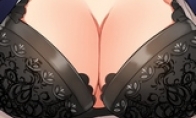
The new screenshot of the be
2025-01-28 09:18:57
The 15th anniversary wallpap
2025-01-28 09:18:27
3DM Xuanyuan Sinicization Gr
2025-01-28 09:17:57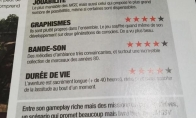
French magazine is the first
2025-01-28 09:17:27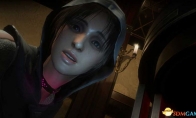
The sneak game "Republic" wi
2025-01-28 09:16:57
The story between humans and
2025-01-28 09:16:27
Capture "Trinity 3: Artifact
2025-01-28 09:15:27
Wind direction change "Myste
2025-01-28 09:14:57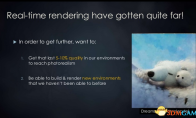
DICE's new project "Dream" w
2025-01-28 09:14:27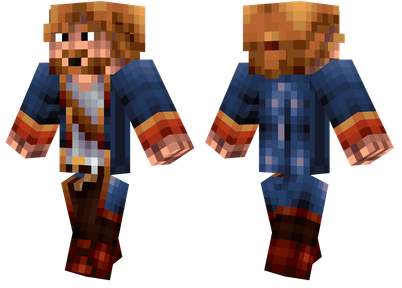
Pirate Minecraft Skins
Minecraft Skins
2024-12-10 04:11:27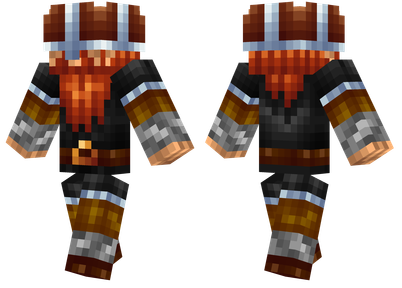
Pirate Minecraft Skins
Minecraft Skins
2024-12-10 04:11:26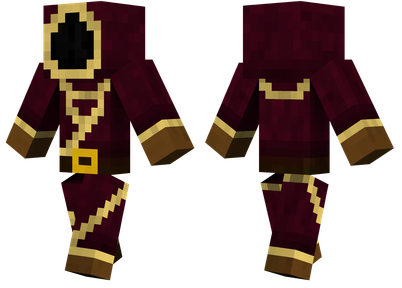
Master Minecraft Skins
Minecraft Skins
2024-12-10 04:11:25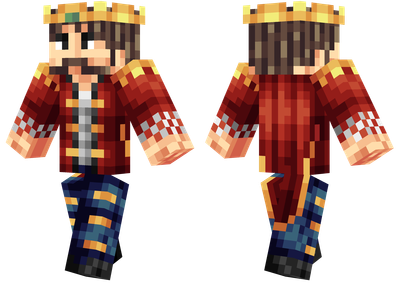
King Minecraft Skins
Minecraft Skins
2024-12-10 04:11:25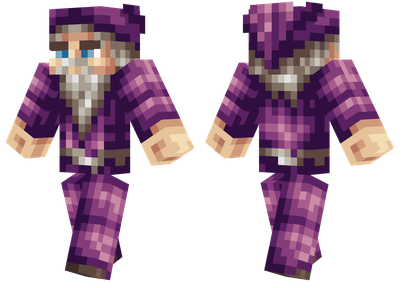
Guide Minecraft Skins
Minecraft Skins
2024-12-10 04:11:24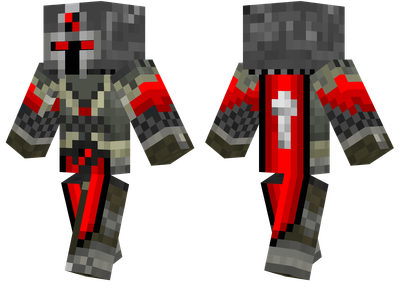
Dark Knight Minecraft Skins
Minecraft Skins
2024-12-10 04:11:23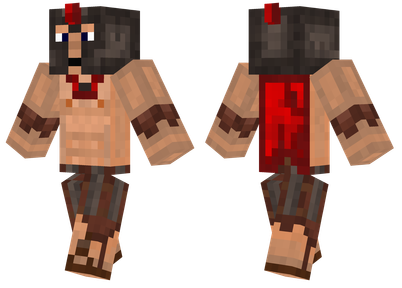
Sparta Minecraft Skins
Minecraft Skins
2024-12-10 04:11:23
Moncraft Skins of the War
Minecraft Skins
2024-12-10 04:11:22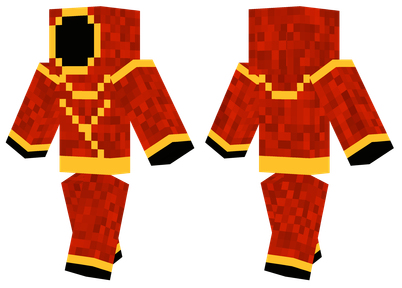
Red Witch Minecraft Skins
Minecraft Skins
2024-12-10 04:11:22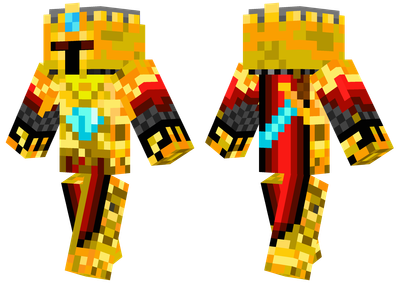
Golden Cavaliers Minecraft S
Minecraft Skins
2024-12-10 04:11:22